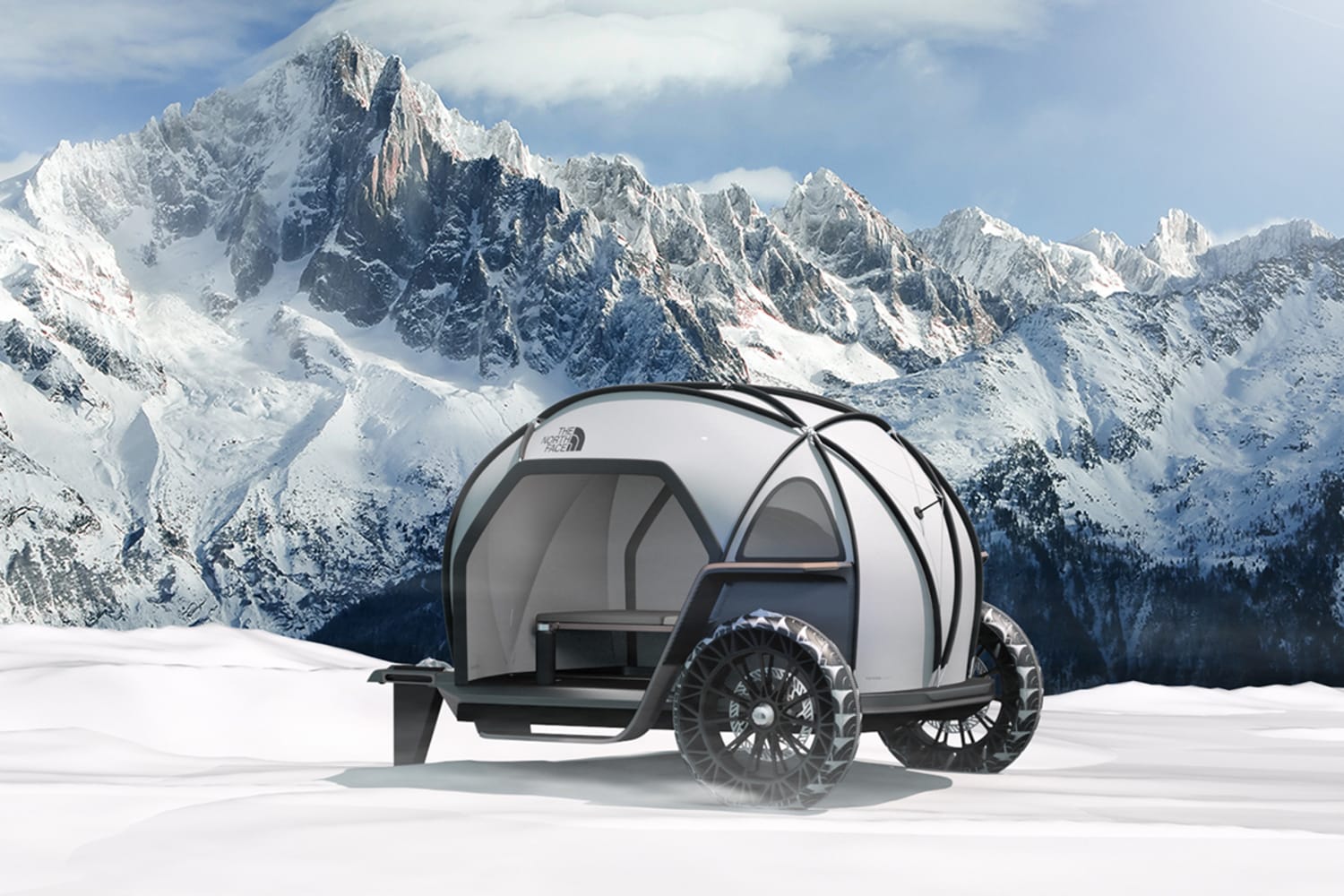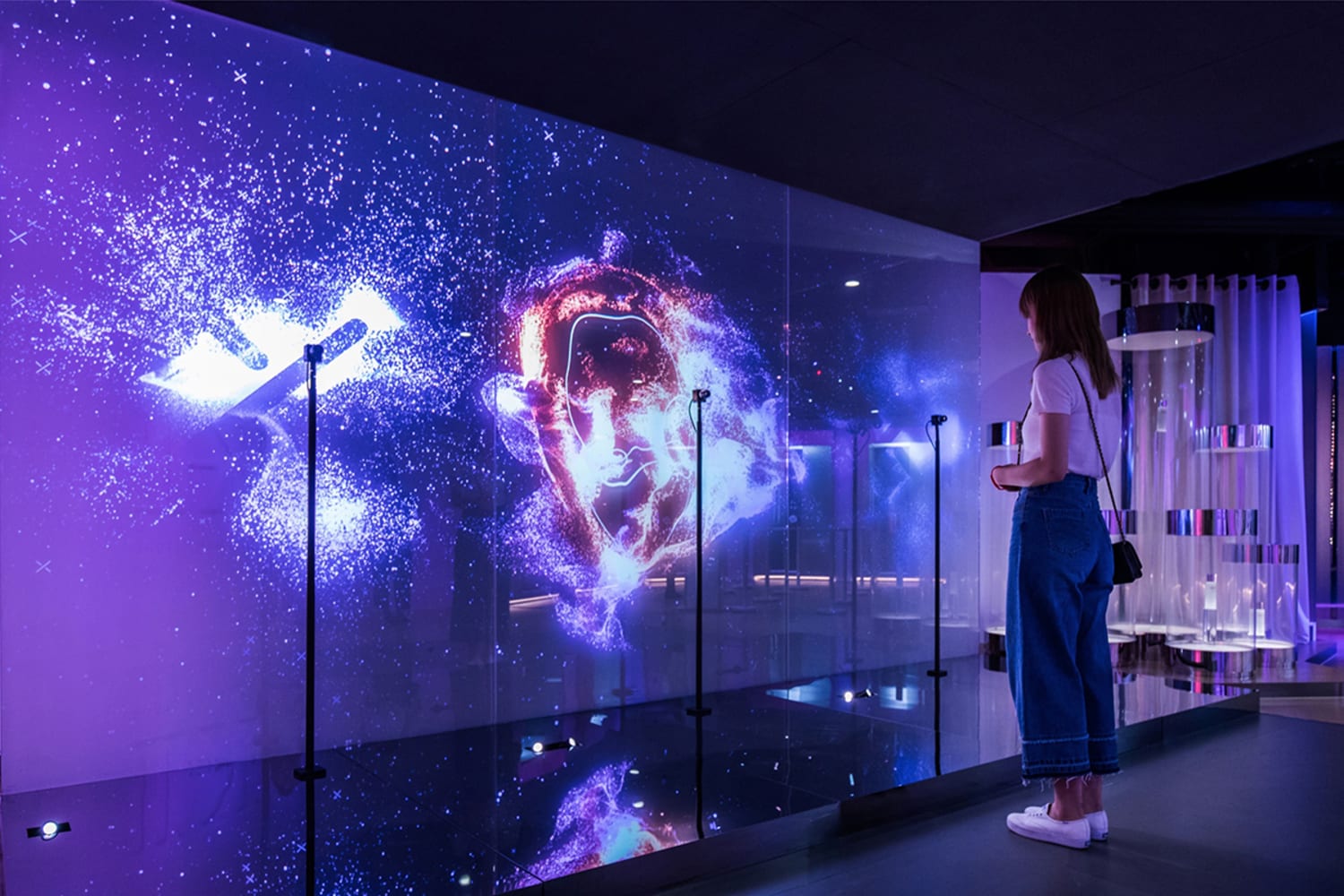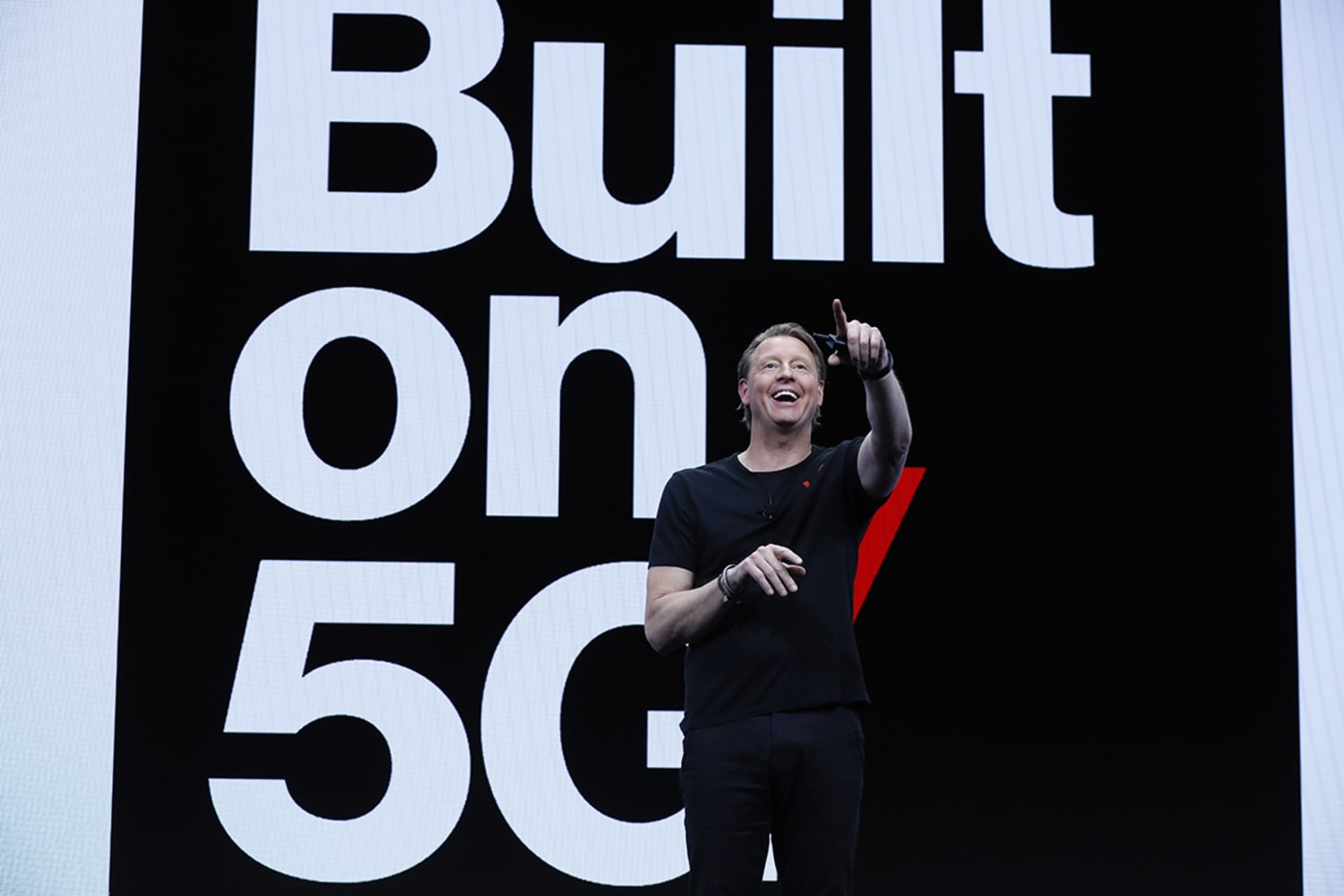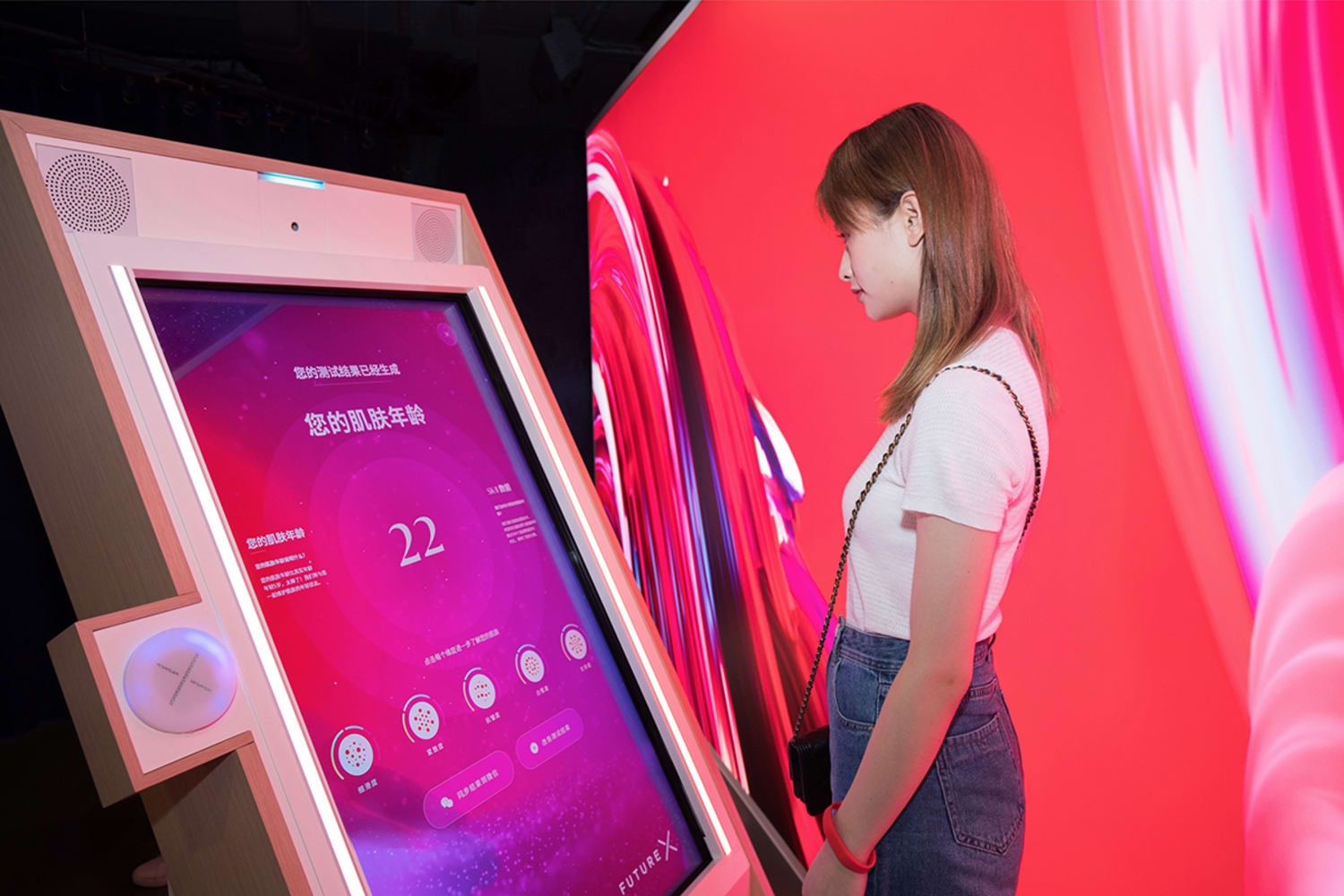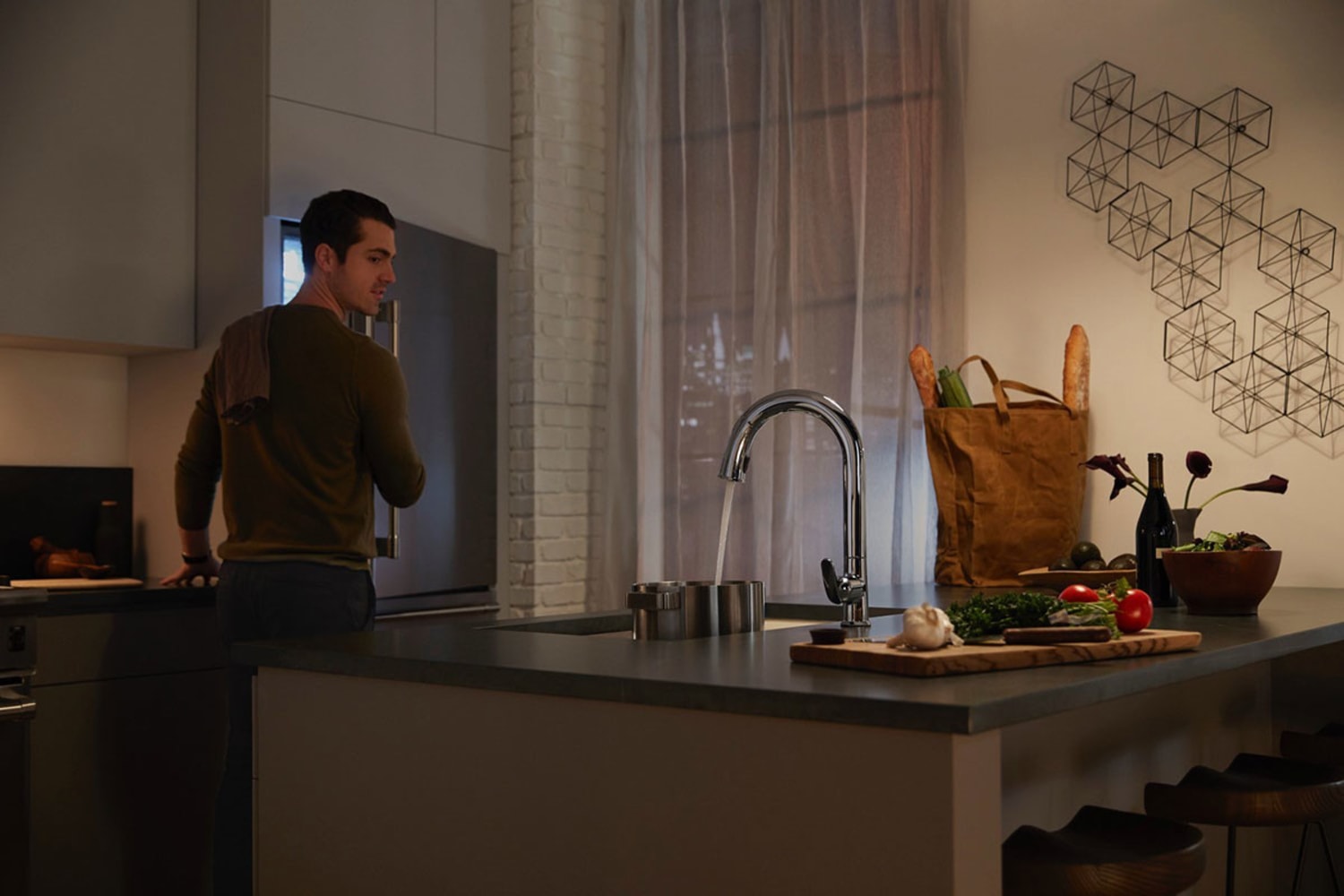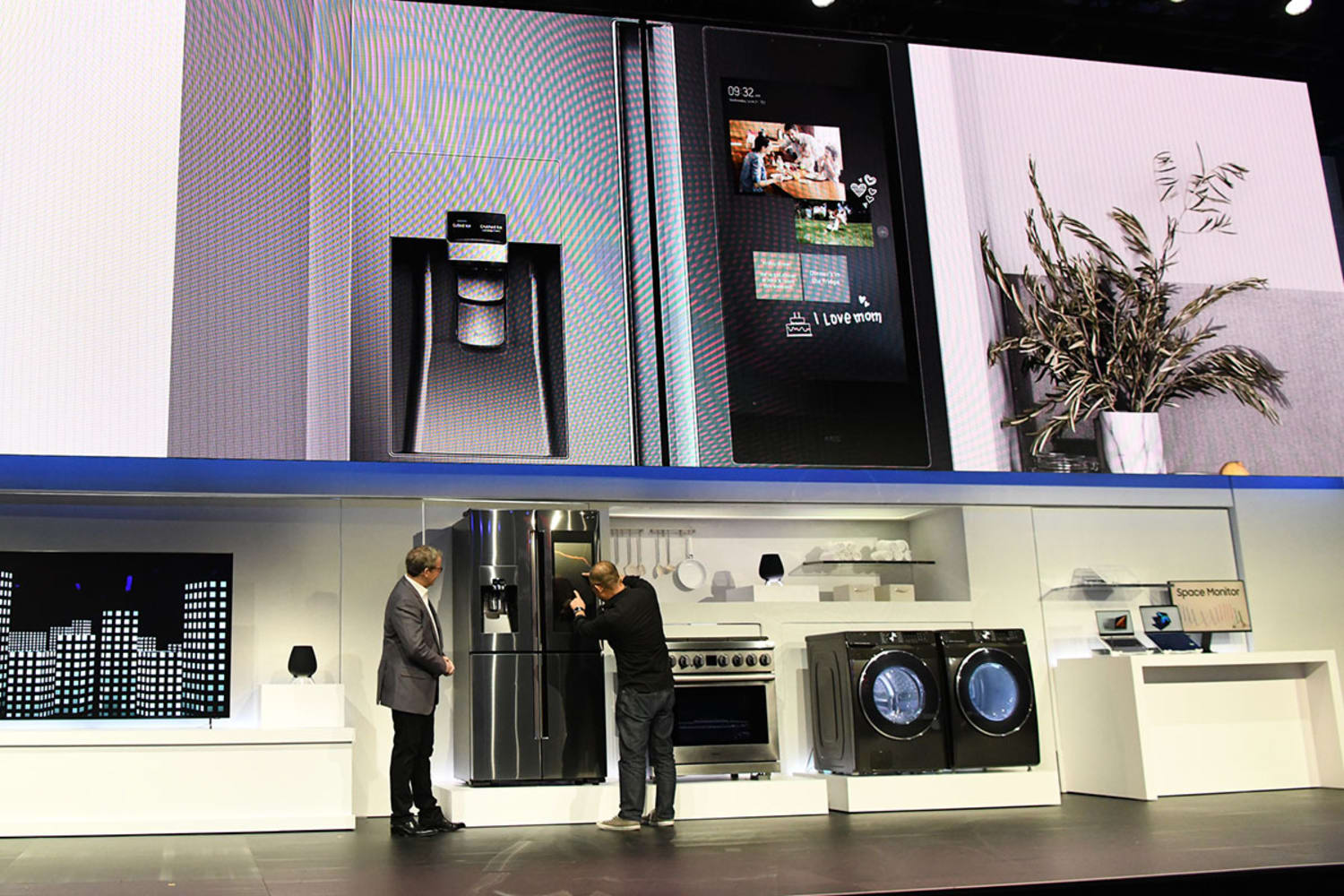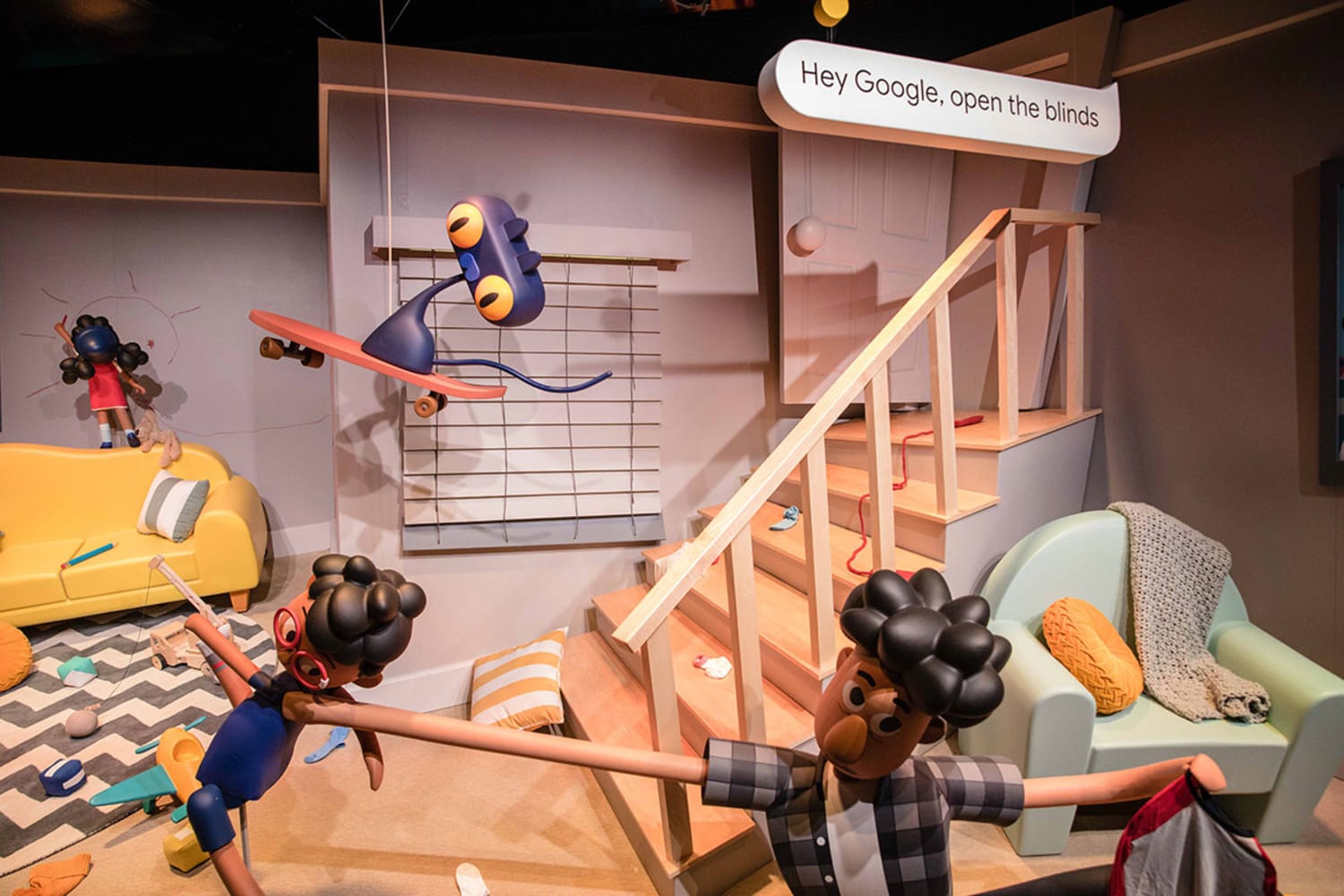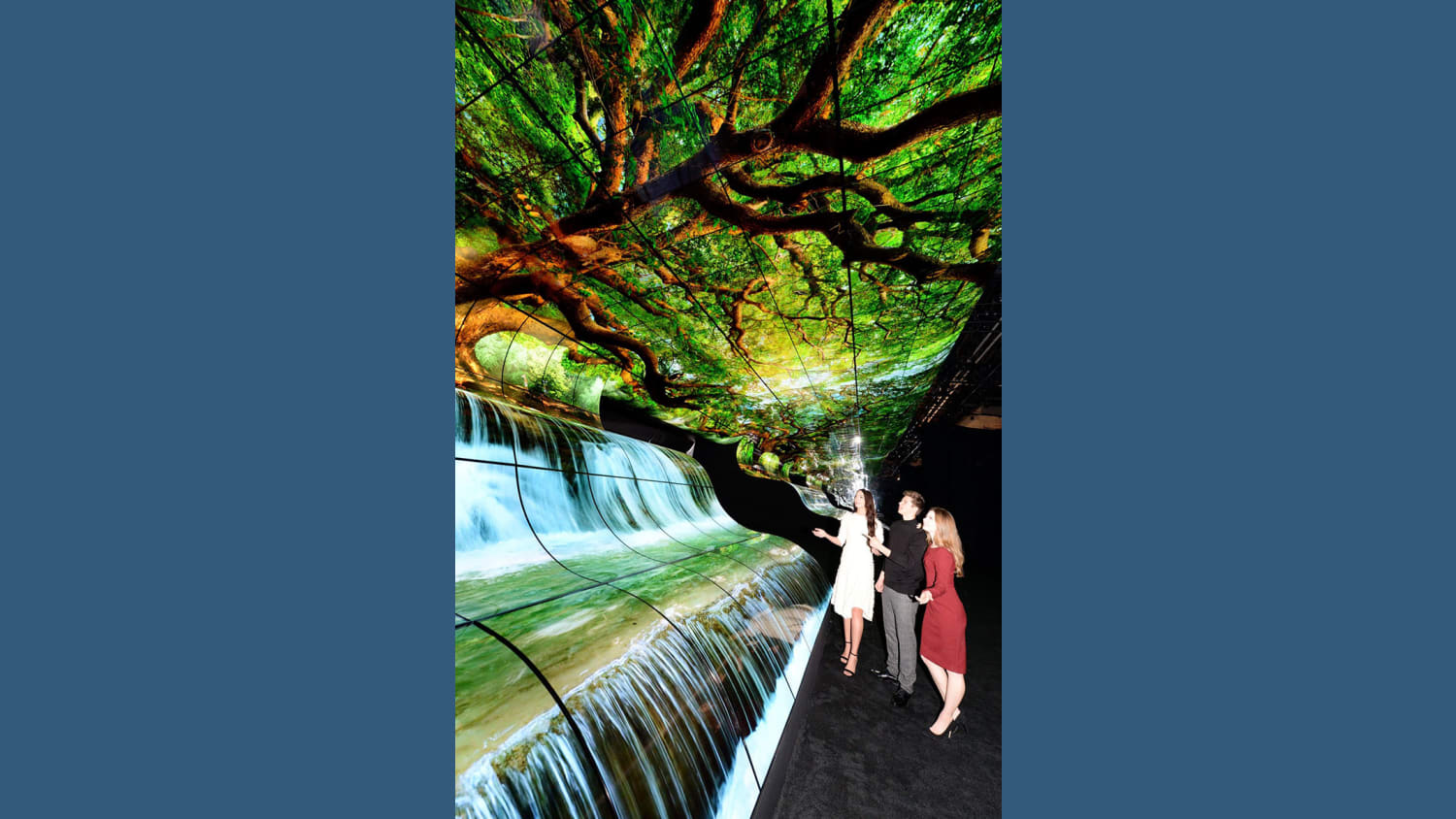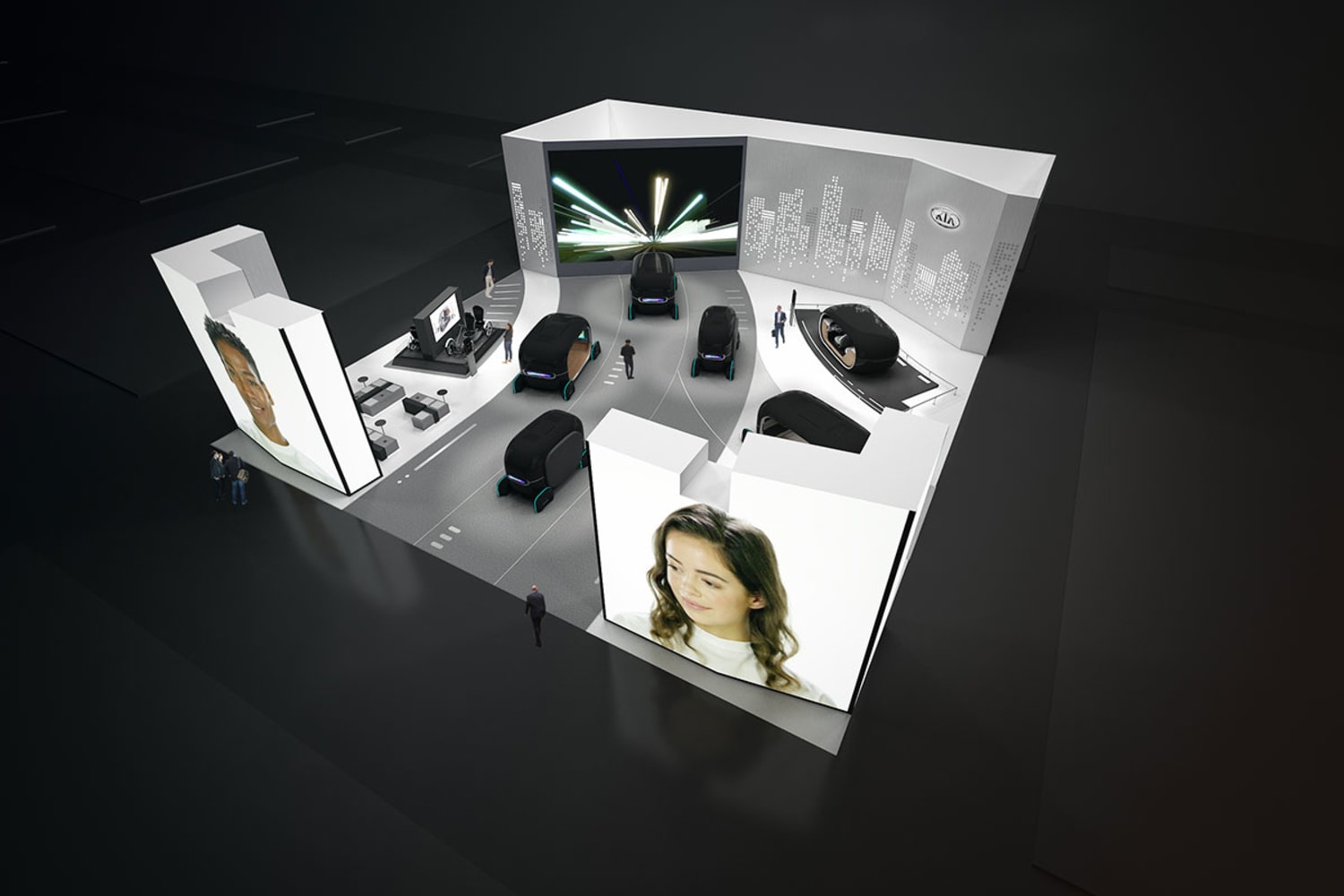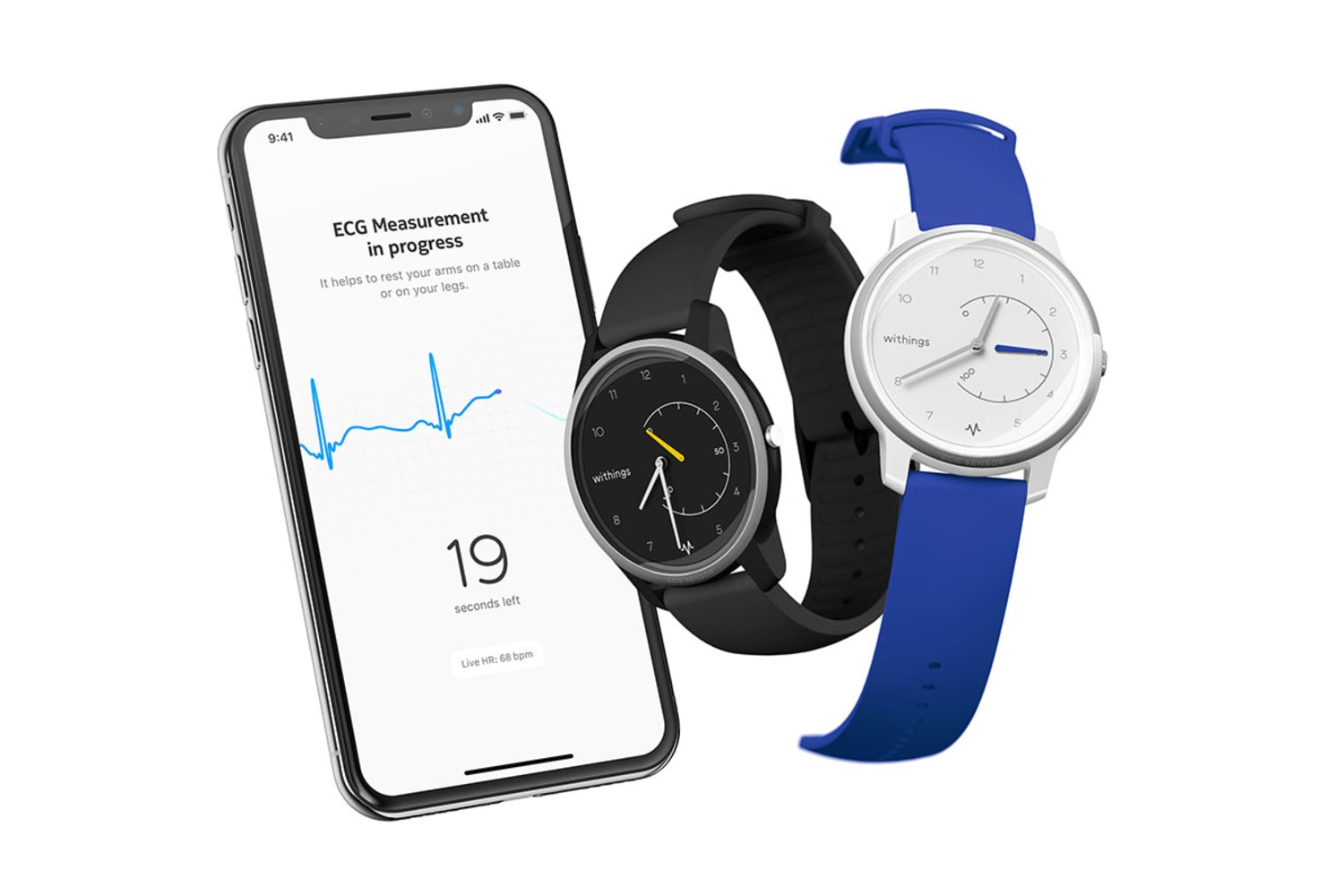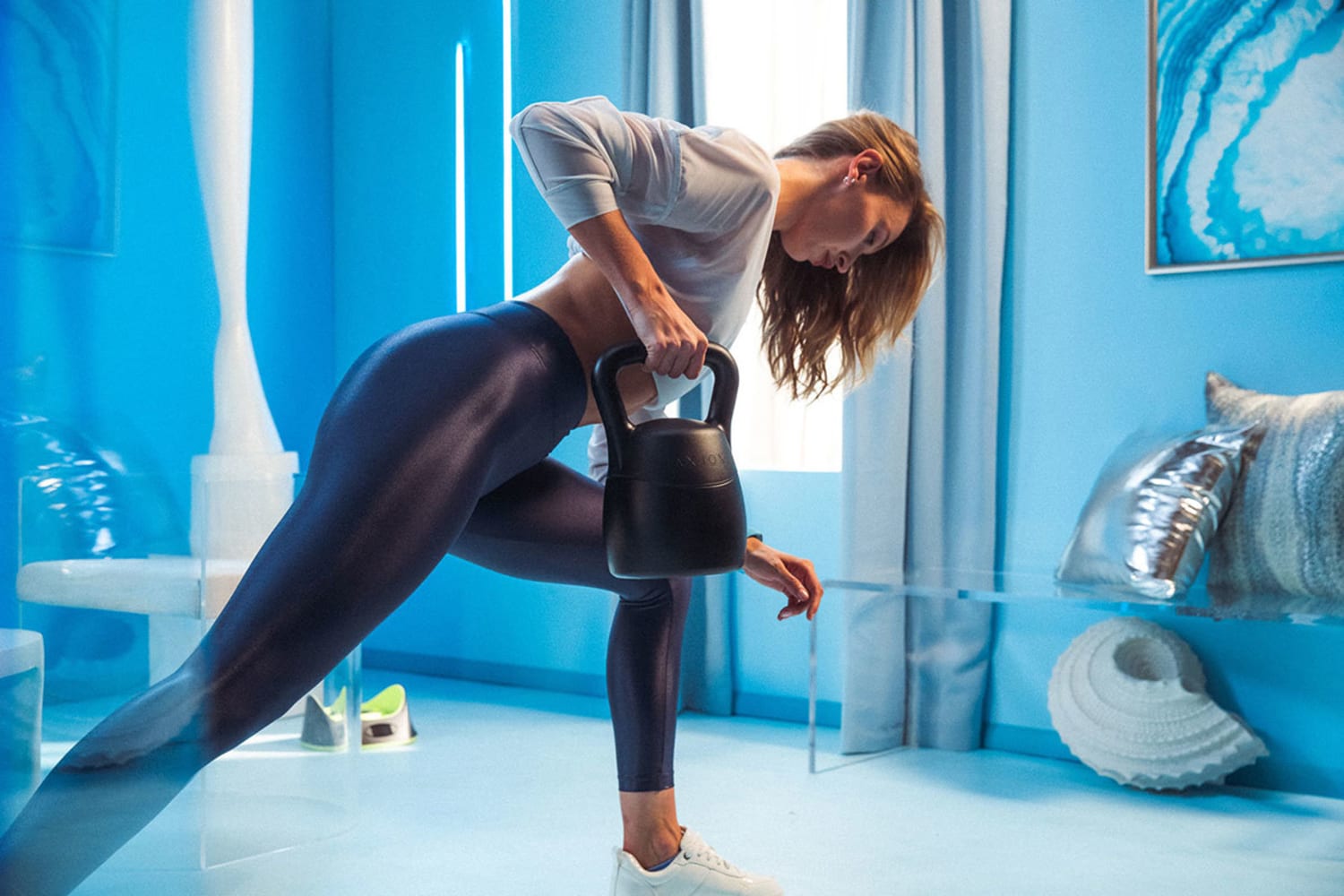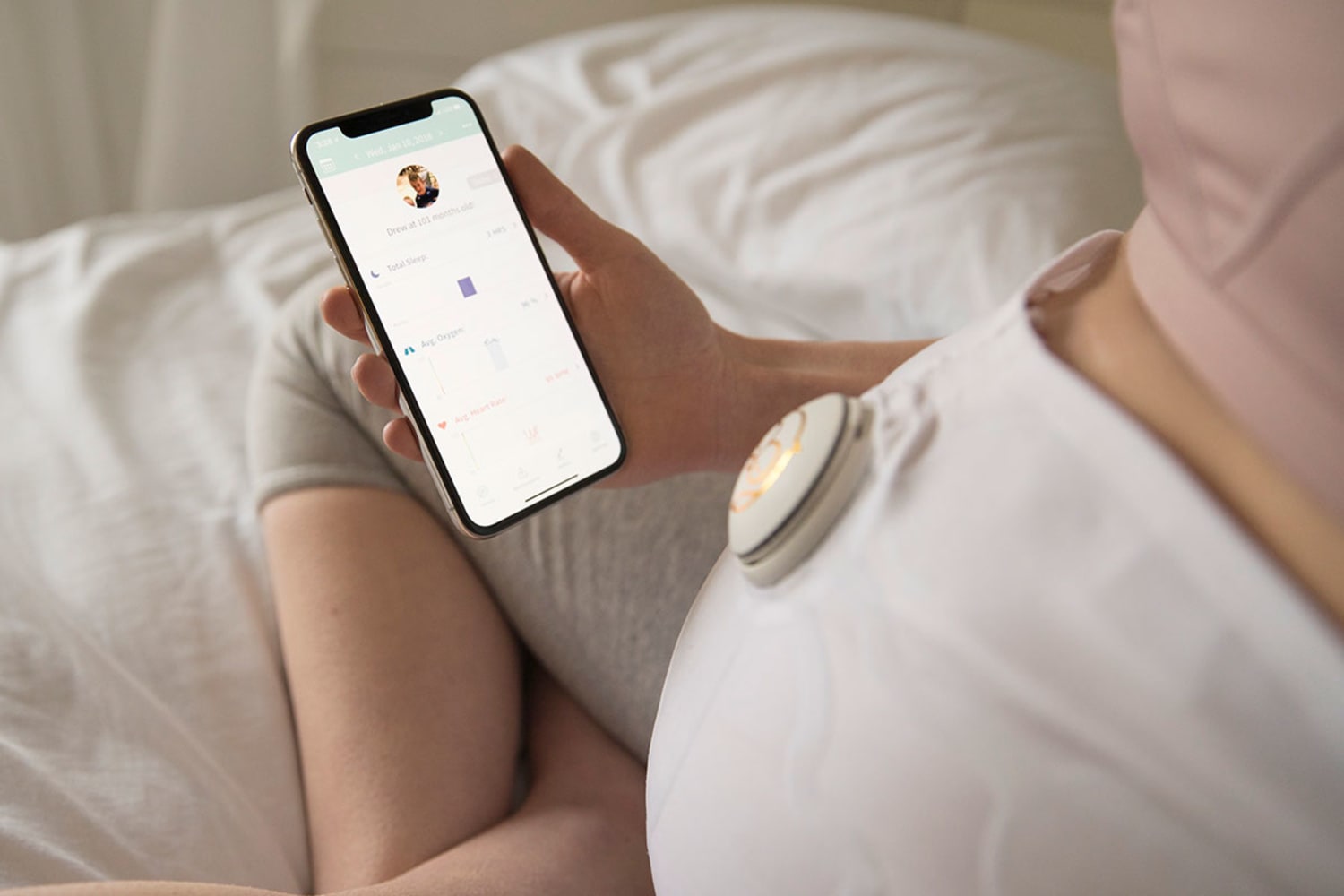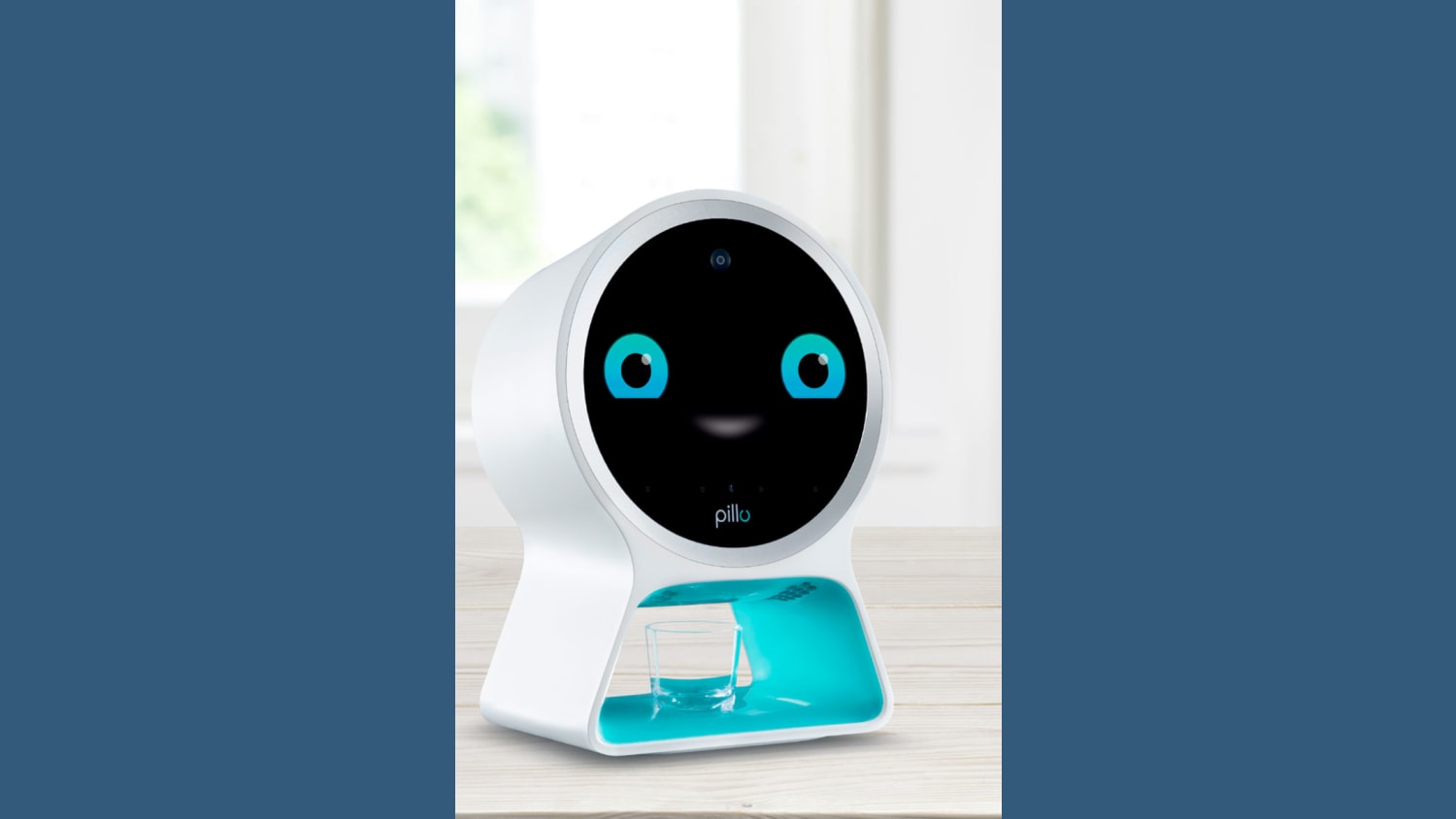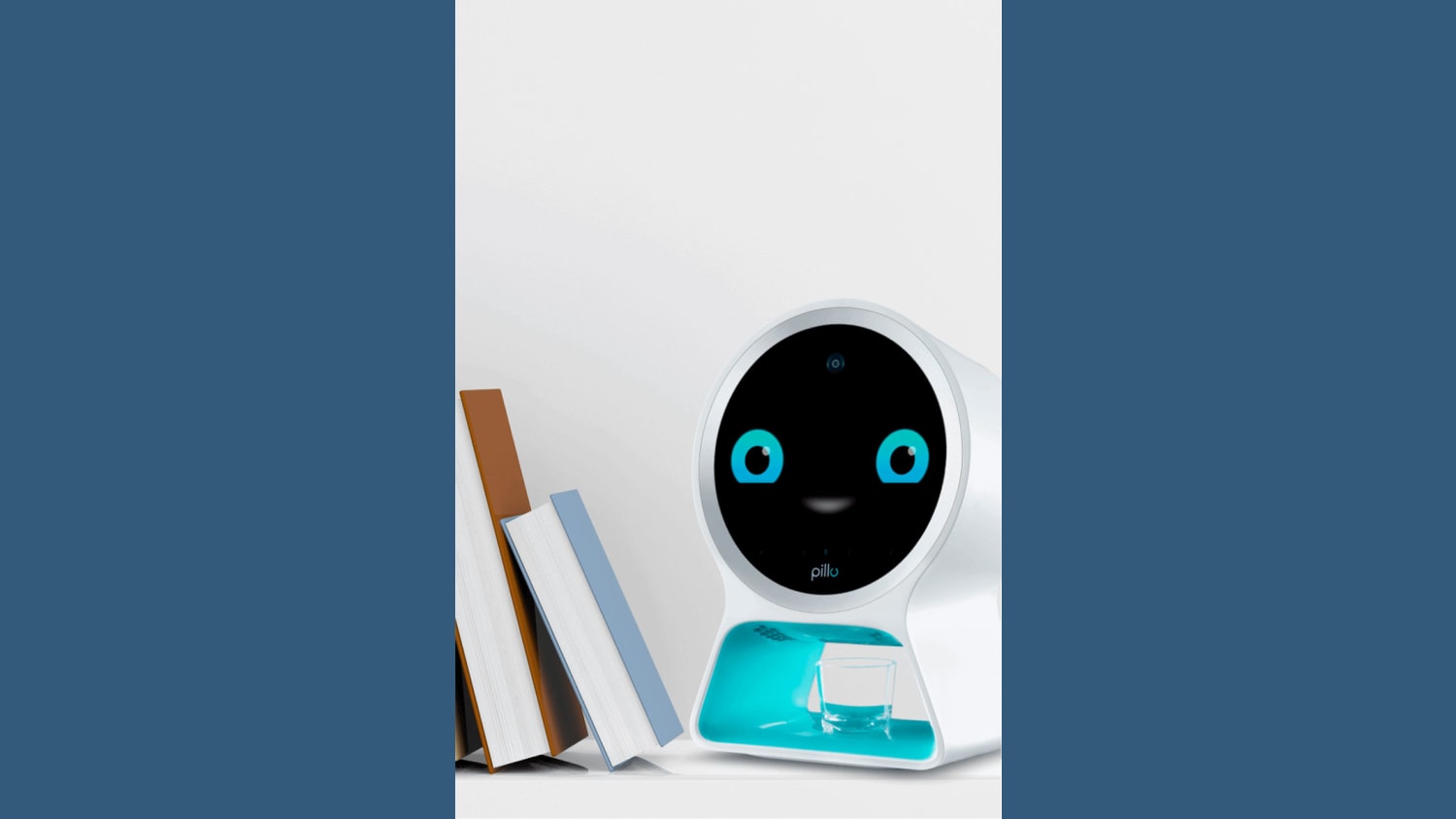This year at CES, alongside the perennial favorite topics—drones, the promise of 5G, VR and AR, connected cars and homes, and vast, bendable, 360-degree 8K TV screens—health tech remains a burgeoning segment, one that now encompasses everything from personalized nutrition, scents, beauty, maternity, infant care, pet health, mental health, fitness and more. This year, the deliverables became more advanced and pseudo-professional, from heart monitors to smartphone-enabled baby-monitoring ultrasound devices. Baby and maternity tech, and beauty tech, were out in full force (more on this later). There was also a marked wave of products addressing age-related symptoms and disability.
5G’s framing for 2019 was that it was, at last, actually becoming a reality, with several talks, delivered by companies from Verizon to Samsung, touting new capabilities, and explaining how these will transform smart cities, cars and the home. Qualcomm predicted that this would lead to a new “age of invention” similar to the impact of wifi, with new products and services. Using the car as one example, it said: “In the auto world, our suite of smart technology and automotive solutions, such as Qualcomm C-V2X, are paving the way for cars to connect to each other, the road, and virtually everything else around them.” C-V2X, for the uninitiated, is a system that allows vehicles to connect and respond in real time to consumer movement, using smartphone tracking, and also enables response to the environment and other vehicles, all made possible by 5G. Qualcomm says this would improve road safety exponentially. Predictably, there was also excitement centered around the car as the next portal for entertainment, marketing and more.

